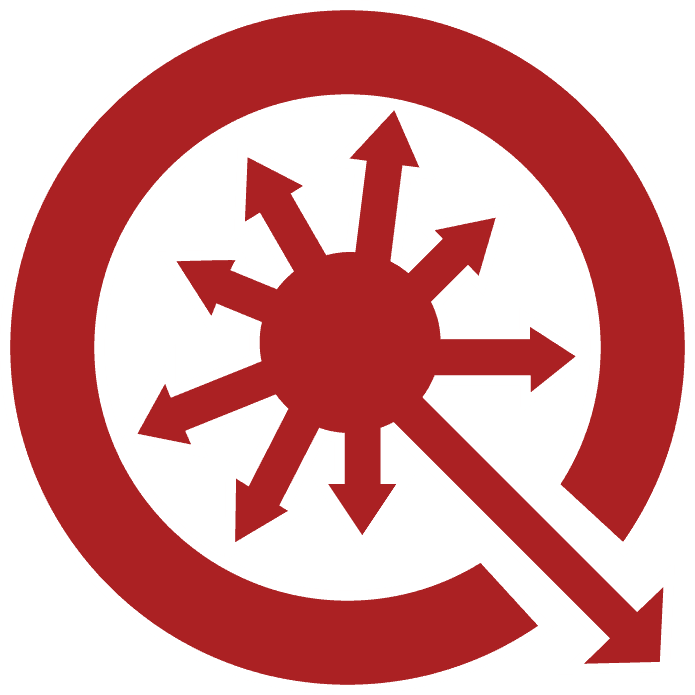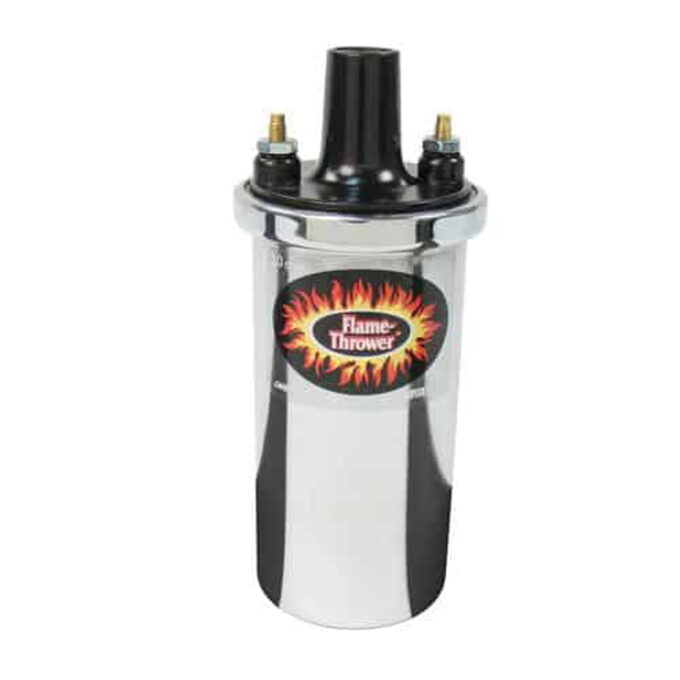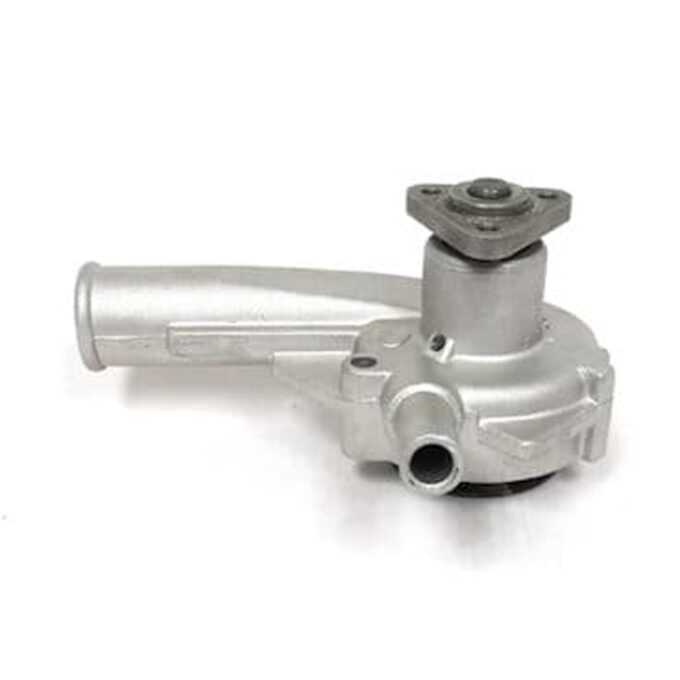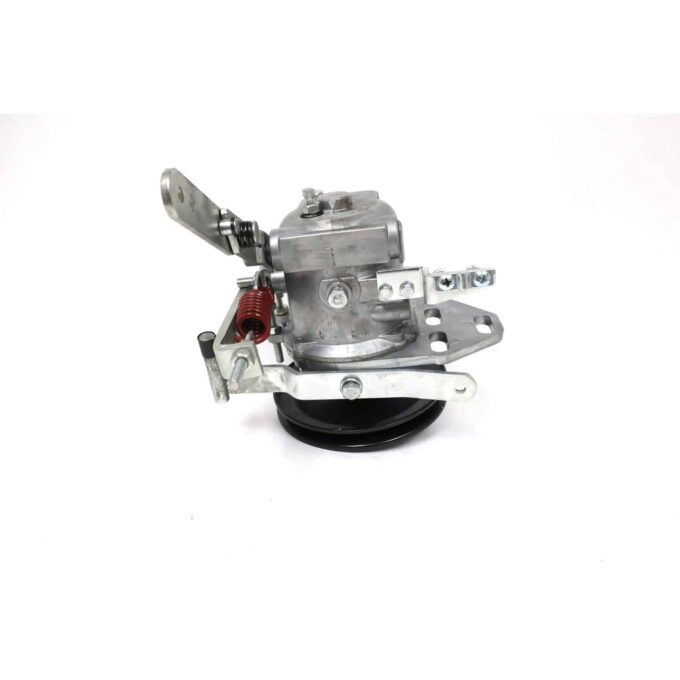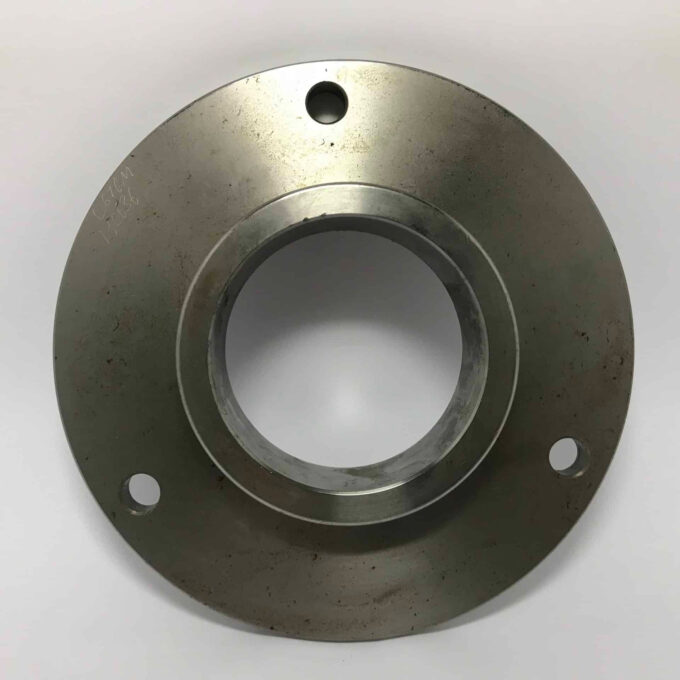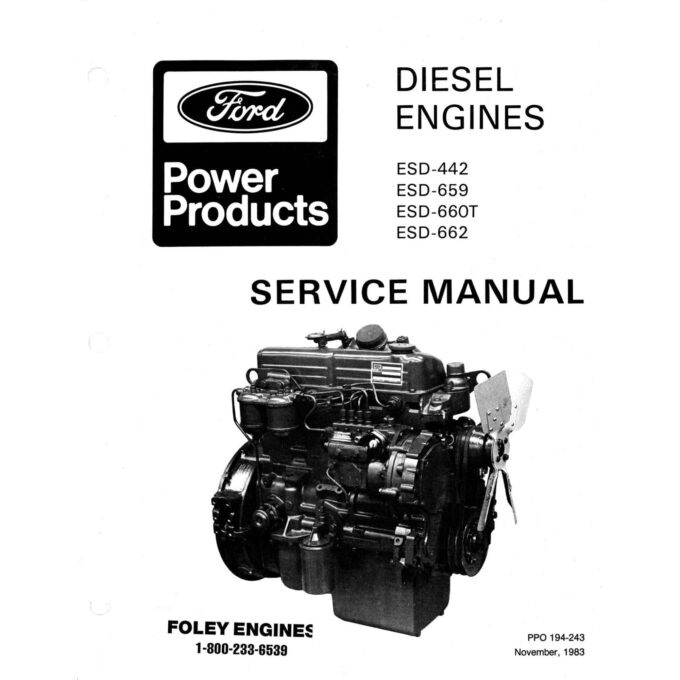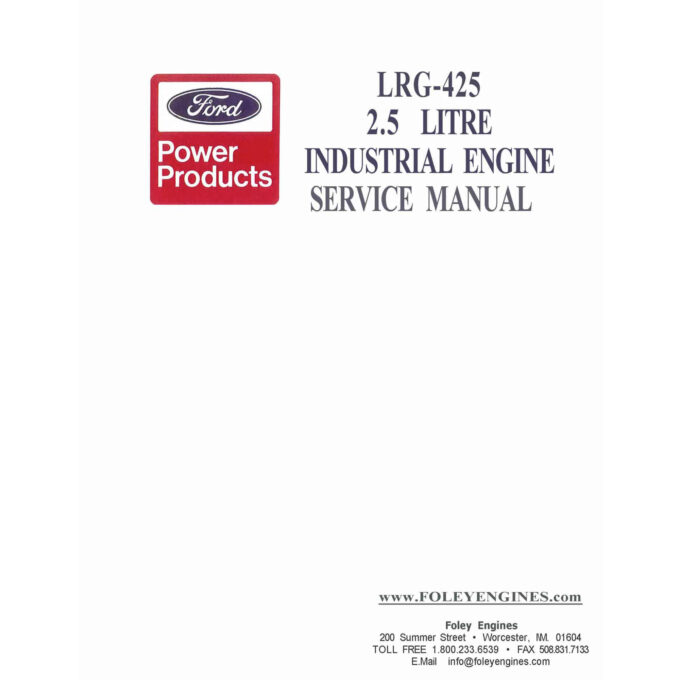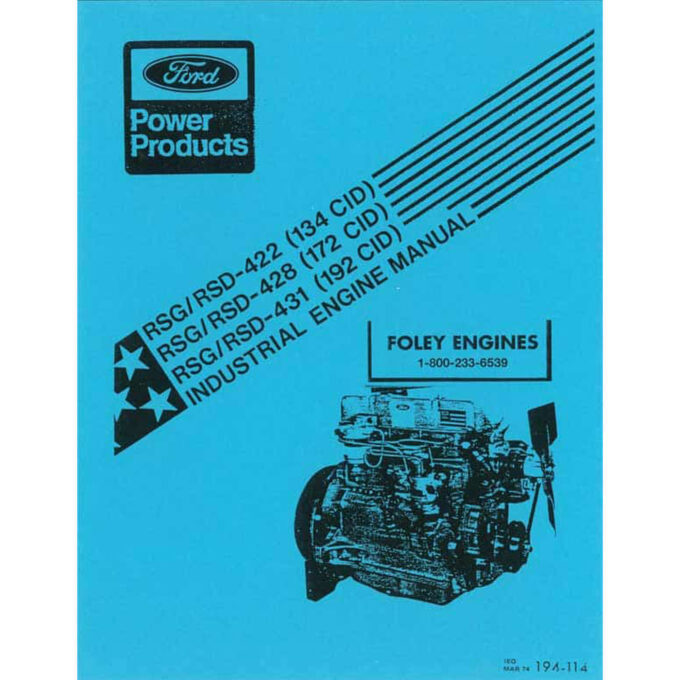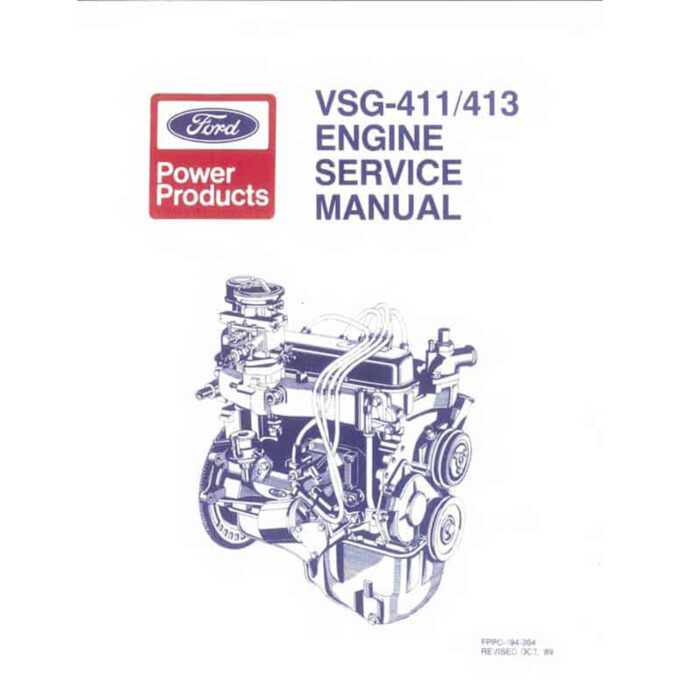Five Easy Ways to Tell the Dover and Dorset Apart
This Tech Tip, one in a series we publish for industrial engine owners and rebuilders, sorts out the differences between the Ford Dover and the Ford Dorset industrial diesel engines. We take our responsibilities to the overall engine community very seriously. We hope that our Tech Tips add to the common base of knowledge about industrial engines as well as advance the industrial engine remanufacturing profession.
The Ford Dover and Dorset industrial engines have had a long history here in the US. Many OEMs have used them and we see them now primarily in screening plants, gravel crushers, etc. One problem that often comes up is how to identify the Ford Dorset and Ford Dover engines. After all, these Ford industrial engines look similar. In fact, they are both made in England at the Ford Dagenham Plant outside of London, are four cylinders, and have the same 254 cubic inch displacement. Moreover, the Ford Dover and Ford Dorset even share the same crankshaft, camshaft, and connecting rods. But there are some major differences in other internal parts and the Ford Dorset and Ford Dover engines themselves are not interchangeable.
If these Ford four cylinder diesel engines have the same number of cylinders, cubic inch displacement and both were made in England, how do you tell them apart?
Here are five easy ways how to tell them apart
| DOVER | DORSET | |
| Ford Model # | 2722 E | 2711 |
| Note: Model Number can be found on the valve cover | ||
| time sequence | Later than 10/1981 | Before 10/1981 |
| timing gears | straight cut | angle cut |
| head size | larger with larger ports | smaller |
| timing gear cover | aluminum | pressed steel |
Note: the above casting numbers are 3/4″ to 1″ high and located on the left hand side (as viewed from the rear of the Ford industrial diesel) near the starter motor.
